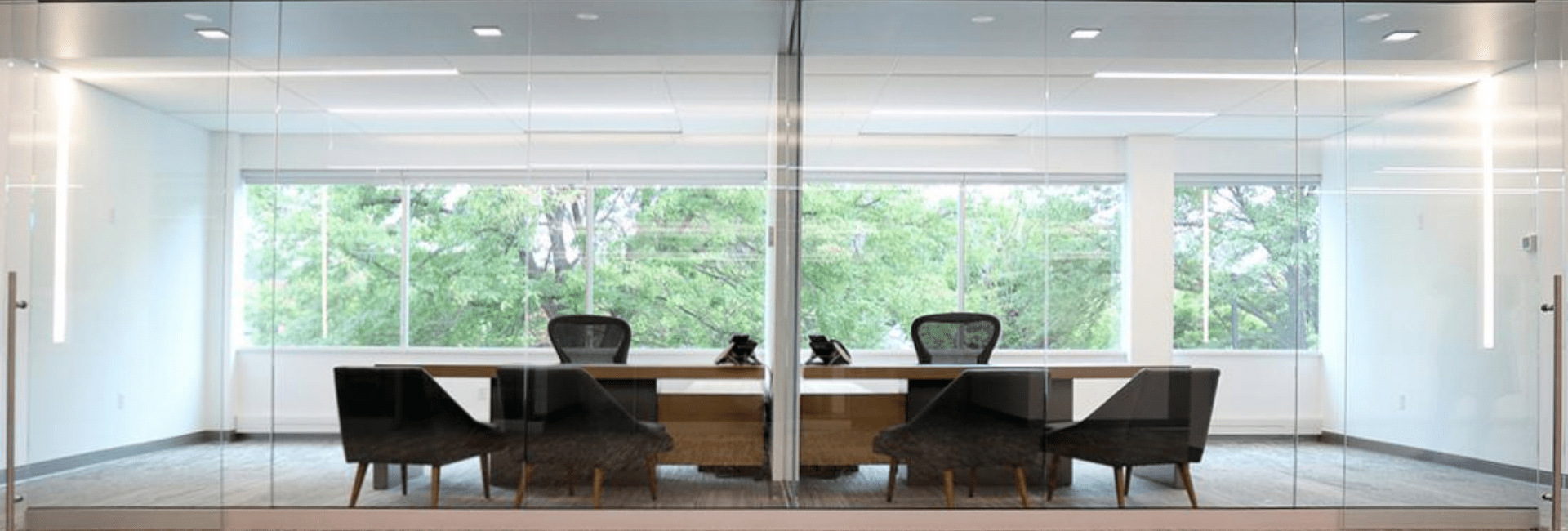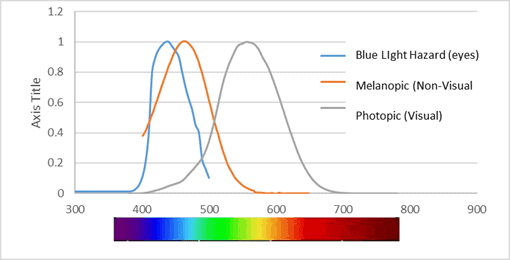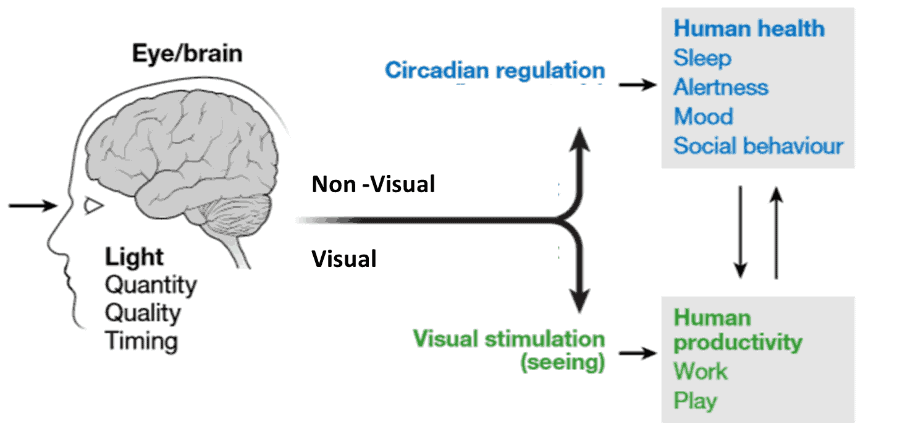
By the OLED UX Team
Recently, lighting designers, technologists and researchers convened at the DOE SSL Workshop in San Diego to discuss recent developments and exciting breakthroughs on the physiology of lighting for humans, plants and animals. The message was clear. It’s time to be human-centric, not lumen-centric.
Beyond Energy Savings
The Department of Energy (DOE) Building Technology Solid-State Lighting (SSL) Office has recently shifted its focus exclusively from energy savings to lighting’s impact on the human physiology. This springs from the incomparably successful program that has seen remarkable gains in solid-state lighting (LED and OLED) performance and adoption, with energy savings totaling more than 1.1 Quads (Quadrillion British Thermal Units) in 2017. To translate to units everyone understands….2017 alone saw a savings of $12B for consumers, and the DOE Office of Energy Efficiency and Renewable Energy expects savings to rise to 4.8 Quads by 2035 ($52B)!
So how do we get from a focus on energy savings to human-centric lighting?
A Century of Lumens
Lighting designers specify a light source in terms of the lumens to achieve standardized illumination levels. The lumen is a 1924 CIE standard, based on the principles of light receptors in the eye as understood by century old science.
In the last two decades, science has expanded our understanding of light receptors. The discovery of non-visual photo receptors (non-imaging response to light) challenges the traditional assumption that the photonic function represents the complete human response to light. The non-visual receptors trigger critical cellular functions, notably circadian clock management.

The photopic curve is used to define the lumen standards we use for lighting, and the other two curves represent biological responses (through the eye) that are not considered when specifying light. These contribute to glare perception, circadian rhythm management, and more
As Brian Leibel from the Illuminating Engineering Society noted, between the limitations of the foveal vision and the discovery of the non-visual receptors, the lumen standard of 1924 excludes information from 90% of our photoreceptors!
The “Right” Light
At the workshop, Mark Herf (President, f.lux) and Wouter Soer (Director of Illumination Product Development, Lumileds) were among several experts that proposed redefining lighting through an application efficiency lens that accounted for both visual and non-visual receptors.
Simply put: how efficient is the light solution at providing the “right” light energy, with the right dosage, on the desired target?
In practice, this is extremely complex as the definition of the “right” light varies tremendously – with time of day, dosage, spectral power, demographics, etc. Developing a new lighting standard is further complicated by a person’s photonic history. In other words, the amount and type of light that the individual was exposed to throughout their day will affect the level of impact the light has on them. Mariana Figueiro (Director of the Lighting Research Center, RPI) reported, dosage and spectral distribution of light throughout the day can substantially shift the melanopic response.
Human-centric Conditions
Human-centric lighting is not just about circadian clocks and non-visual receptors. Lumens may not be the best standard, but visual receptors absolutely matter.
Here is the conundrum: healthy lighting for the human clock must also be healthy for productivity and visual comfort.

Adapted from LEDs for Photons, Physiology and Food, M. Pattison, et al, presented at DOE SSL Workshop 2020, San Diego, CA
A great starting point for this new perspective is to focus on two visual comfort factors highlighted at the workshop: glare and color rendering.
LEDs are often perceived as “high glare”. High intensity point lights can accentuate glare condition. As Bob Davis from the Pacific Northwest National Labs reported, the Unified Glare Rating does not account for the melanopic/photopic factor, nor does it capture the glare contribution from spatial nonuniformities in LED light sources.
An experiment conducted by Sam Berman and Brad Schlesselman (Musco Lighting) concluded that sources with higher melanopic light appear brighter and create a higher glare experience.
In addition to the fact that LEDs are usually rich in melanopic light, they are a point light source, which results in a potentially high glare experience. Because OLED is a naturally diffuse, area light source with moderate melanopic contribution, it’s consistently experienced as glare-free, even at brightness levels above 8000 cd/m2.
The DOE sponsored a market study to explore what lighting features provide value to the customer. The study was run by Lisa Skamatz (SERA) who asked participants to list relative value of glare, flicker, color rendering, night sky and adjustable CCT. Lisa reported that there is demand for low glare, high color rendering sources, with a 33% premium for this combination.
Quality color experience was also highlighted by Michael Poplawski (Principal Investigator for Connected Lighting Systems Research, PNNL) who noted “people cannot adjust to poor color rendering”. Whereas there may be some areas where we can grow accustomed to a less-than-ideal situation, such as being okay with one lightbulb in a fixture being out, we simply cannot adjust to a bad color experience. Bad stays bad.
Conclusion
The lighting community is working towards new standards that realize human-centric light based on both visual and non-visual receptors.
Despite the complexity, this human-centric application efficiency suggests some initial steps:
- Go “beyond the ceiling” as Dr. Figueiro says – tabletop, vertical and personal sources that provide light directly to the eye, to provide the daytime light dosage for circadian rhythm regulation
- Incorporate multiple color temperatures and intensities for layers of light, to provide good color experience while aligning with circadian demands — High CCT and intensity for background illumination and lower CCT and intensity for direct illumination
- Low glare and high color rendering are highly valued and provide visual comfort, reducing eye fatigue and headaches while boosting productivity and mood
- Lighting dosage is important for circadian rhythms; low glare and high color rendering sources can provide the needed dosage
How do you achieve low glare, high color, and lumens for visual response and comfort, with personal lighting that can go beyond the ceiling? The answer is clear: OLED light.



